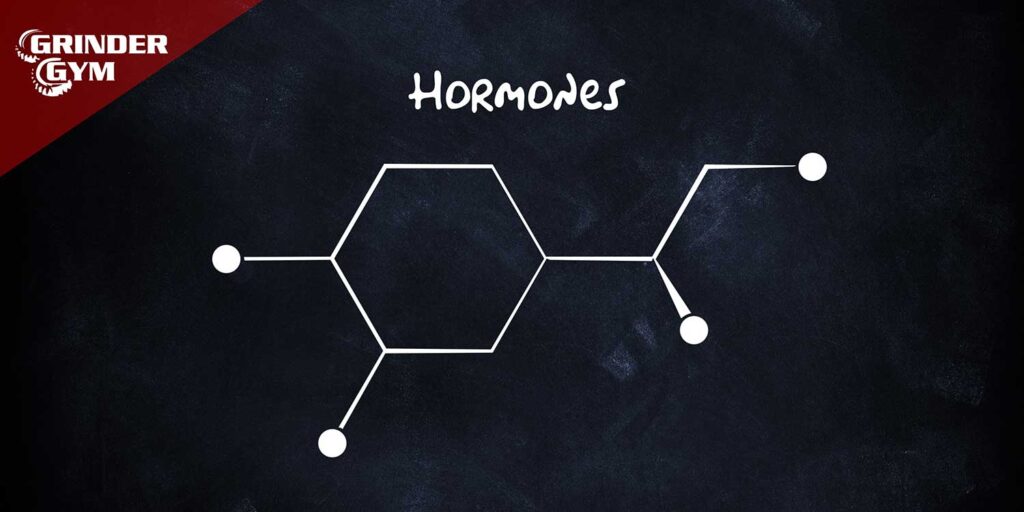
A small molecule that inhibits NNMT (Nicotinamide N-methyltransferase), an enzyme linked to obesity and type 2 diabetes. By reducing NNMT activity, 5-Amino-1MQ has been shown to enhance energy expenditure and reduce fat accumulation.
Common Name:
5-Amino-1MQ
Compound Name:
5-Amino-1-methylquinolinium
Chemical Formula:
C10H12N2
Molecular Weight:
160.22 g/mol
Sequence and Amino Acid Composition:
- Not applicable: 5-Amino-1MQ is not a peptide but a small molecule inhibitor.
Structure:
5-Amino-1MQ is a small molecule featuring a quinolinium core with a methyl group and an amino group attached, designed to inhibit specific metabolic enzymes.
Synthesis Method:
Chemically synthesized as a small molecule, distinct from peptide or protein synthesis methods. It involves classical organic synthesis techniques to ensure purity and structural integrity.
Solubility:
Soluble in water and organic solvents such as DMSO, which facilitates its use in biological experiments and potential therapeutic applications.
Stability:
Stable at room temperature when kept in a dry, dark environment. For long-term storage, keeping it in a cool, dark place is recommended to prevent degradation.
Function:
5-Amino-1MQ is a specific inhibitor of the enzyme nicotinamide N-methyltransferase (NNMT). By inhibiting NNMT, it increases levels of nicotinamide, altering metabolism and potentially reducing body fat accumulation.
Benefits and Uses:
- Investigated for its potential to treat obesity and metabolic syndrome by altering metabolic pathways associated with fat accumulation.
- May have implications for research into aging and lifespan extension due to its effects on metabolism.
Side Effects:
As a research chemical, comprehensive studies on its side effects are limited. Potential effects should be monitored closely in therapeutic research settings.
Regulatory Status:
Not approved by any regulatory bodies for clinical use; available for research purposes only.
ARTICLES



